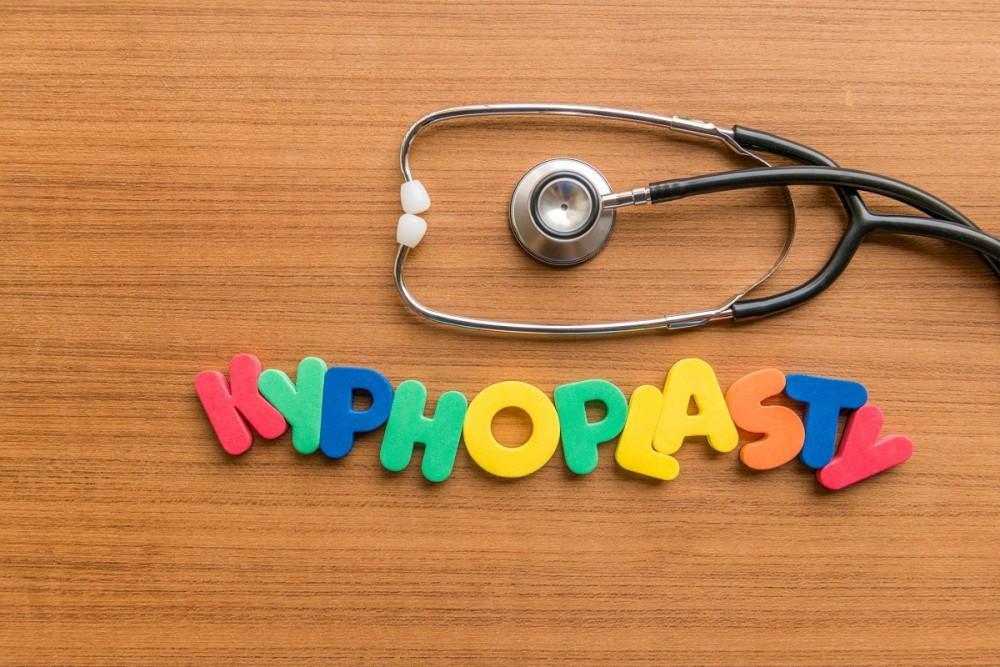Kyphoplasty is a state-of-the-art, minimally invasive procedure that’s widely used to treat compression fractures, tiny fractures in the bones of your spine that cause your spine to gradually collapse and compress.
About 1.5 million compression fractures happen each year in the United States. They’re more common as people age and also more common in people with osteoporosis and certain types of cancer.
Over time, compression fractures can alter the curvature of your spine, press on nerves, and cause extremely painful symptoms.
During a kyphoplasty procedure, the surgeon inserts a special surgical balloon into the area of spinal compression and gently inflates the balloon to restore space in the spine. Then, the surgeon injects a special cement to augment the bone and help restore and rebuild the compressed part of the spine.
Kyphoplasty is usually an outpatient procedure, so you may wonder what to expect in the hours, days, and weeks afterward.
In this post, David Chang, MD-PhD, DABNS, offers a brief overview of the recovery process following kyphoplasty at his Roseville, Minnesota, practice, so you can feel confident and informed about your care.
Immediately after your procedure
Because kyphoplasty is an outpatient procedure in most cases, you can go home shortly afterward. For more complex cases, you may need to spend the night in the hospital. Immediately after your procedure, you go to a recovery room where we closely monitor you.
The anesthesia used during your procedure provides some pain relief right afterward, but as it wears off, you can expect mild to moderate discomfort at the treatment site. We provide you with medication to minimize pain and help you stay comfortable.
At home
Once you’re home, get plenty of rest for the next few days. You won’t be able to drive, do strenuous activities, or do any heavy lifting. We provide a complete list of activity restrictions to help you heal and avoid strain.
Rest is essential for healing, but you also need to move around. In fact, we encourage most people to walk around either the day of their procedure or the day after to keep the blood moving and prevent blood clots.
We also provide instructions regarding your incision site. In general, keep the site dry and clean and watch for any signs of infection (which is rare).
Getting back to normal
During the early days and weeks of your recovery, you’ll have a follow-up appointment and, usually, X-rays of the treatment area. You also may begin to resume normal activities gradually.
We typically prescribe physical therapy (PT) for kyphoplasty patients to help restore flexibility, strength, and movement in the spine. We work with you and your therapist to make sure your PT is attuned to your needs and your progress.
Follow through on all your therapy appointments, along with any at-home exercises we prescribe. These exercises play a key role in healing and in helping your spine stay strong over the long term.
Long-term planning
Kyphoplasty helps treat compression fractures and restore your spine’s structure and function, but you can still develop compression fractures in other parts of your spine in the future.
After your procedure, we can provide you with medical treatment and lifestyle guidance to help you maintain spine health and reduce your risk of painful compression fractures.
Depending on your needs, that might mean:
- Dietary changes
- Medications or supplements
- Bone density measurements
- Regular follow-up visits
- Activity modifications
Dr. Chang believes strongly in providing patient-centered care tailored to each patient’s specific needs, allowing you to play a proactive role in your care, your recovery, and your healthy life moving forward.
If you have questions about your upcoming kyphoplasty procedure or if you have unexplained back pain that needs evaluation, we can help. Call us at 651-219-7292 or request an appointment online with Dr. Chang today.
